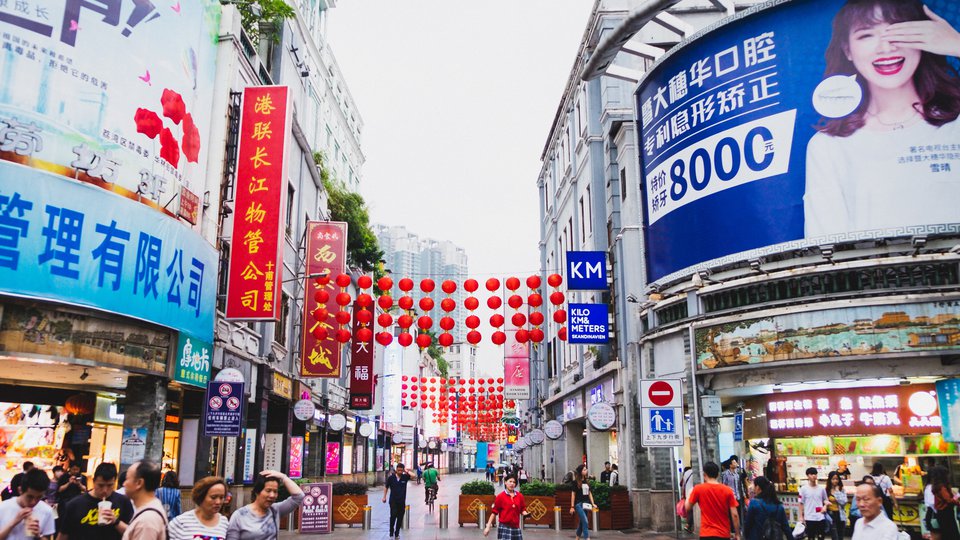
Regardless of sector, luxury brands need to refine their targeting practices as competition for business in China increases.
During the webinar “China: Route Forward for Luxury” on Mar. 13, industry experts discouraged marketers from looking at Chinese consumers as a monolith. One panelist additionally cautioned against relying on tactics that have worked in the recent past, since consumer habits in China change so rapidly.
“Even within China there are so many stages of the luxury consumer,” said Amrita Banta, managing director at Agility Research & Strategy, Singapore. “It is not as simple as the Singaporean, Japanese or American consumer.” The webinar was produced by Luxury Daily. Luxury Institute CEO Milton Pedraza moderated the discussion.
Shopping habits
Luxury marketers face several hurdles when appealing to Chinese affluents, including the challenge of capturing their attention within their home country and while they travel internationally.
As the Chinese market has opened up, more consumers are purchasing luxury goods at home. Nonetheless, they continue to make high-end purchases while traveling.

Image credit: Fendi
Chinese consumers are still showing a heavy appetite for luxury goods.
In the future, price and value will not be the primary driver of overseas purchases. Instead, unique products such as collectibles or limited-editions will be the draw, argued panelist Renee Hartmann, cofounder of China Luxury Advisors.
Brands also need to be aware that with so many ways to reach and engage with Chinese consumers, a luxury purchase can happen on a variety of channels.
Join Luxury Society to have more articles like this delivered directly to your inbox
Within a country as large as China, luxury stores are not always easily accessible. However, physical locations – which are becoming more eco-friendly and interactive – still offer valuable opportunities for brands.
“The best way to engage customers is in-store,” Ms. Hartmann said. “Offline engagement is extremely important.”

Even in China, omnichannel is key for luxury brands.
One of the primary objectives for bricks-and-mortar locations should be capturing customer information, whether by encouraging consumers to scan QR codes or sharing WeChat IDs.
Ms. Hartmann explained that a growing number of brands are investing in customer relationship management systems to use this information to further segment and categorize shoppers. This data will also help brands better reach niche shoppers in the future.
“The Chinese consumer really likes the service to be of very high quality, including the after-sales relationship,” Ms. Banta said.
Travel habits
As shopping becomes easier, both on- and offline, Chinese affluents can devote more of their travel itineraries to new experiences.
Affluent Chinese are now looking for more adventurous activities rather than purchasing luxury goods, according to Agility Research’s 2019 Affluent Insights study.
Travel – including tickets, accommodations and experiences – now accounts for 31 percent of affluent Chinese consumers’ spend, up from 24 percent in 2018. Fifty-eight percent of Chinese travelers are also planning on increasing their spend on activities, including camping, skiing, surfing, mountain climbing and more.
“They want to have experiences they can share with friends back home,” Ms. Hartmann said.
According to Agility, 63 percent of Chinese travelers turned to social media apps, and 59 percent turned to travel or guide apps during their trips.
As social media becomes even more entrenched in the lives of the Chinese, particularly younger generations, brands can leverage platforms such as WeChat to target consumers before, during and after a trip.
Even travel destinations need to harness mobile technology to attract Chinese tourists, especially millennials. According to a report from Resonance Consultancy, 80 percent of millennial Chinese travelers engage with official WeChat accounts of destinations they visit on an occasional or daily basis.
Ultimately, the luxury brands that will succeed with Chinese consumers will be the ones that balance unique, quality product offerings with their heritage and authentic consumer engagement.
Article originally published on Luxury Daily. Republished with permission.









